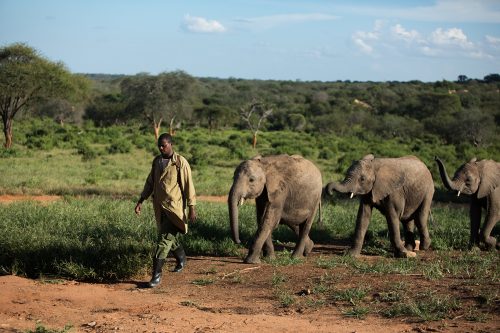
At the heart of the Sheldrick Wildlife Trust's conservation activities is the Orphans’ Project, which has achieved worldwide acclaim through its hugely successful elephant rescue and rehabilitation programme.
Like many other countries in Africa, and across the world, Kenya is tackling challenges like habitat destruction, human-wildlife conflict and poaching.
The Sheldrick Trust, founded in 1977, is a pioneering conservation organisation, dedicated to the protection of wildlife and the preservation of habitats in East Africa.
Many will be familiar with the animal orphanage on the outskirts of the Nairobi National Park. It is here where the rescued orphaned elephants are initially housed. Selfless keepers take on the role of foster parents and look after these often very traumatised young elephants. It is possible to visit the orphanage year-round and anyone passing through Nairobi should consider adding it to their itinerary.
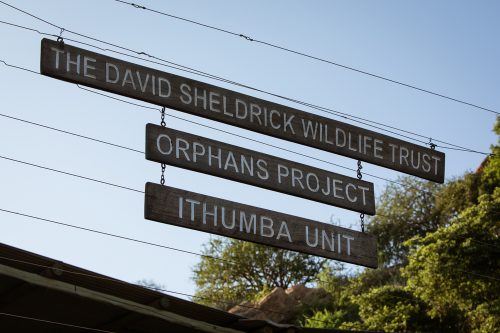
However, at the very core of the Sheldrick Wildlife Trust’s work lies the intent of reintroducing these orphaned elephants back into the wild. The orphans are gradually reintroduced to a more normal life whilst being at the Nairobi shelter, but eventually they get too big for the facility and the next exciting phase of their lives begins.
Established in 2004, the Ithumba Reintegration Unit was built in the extremely remote northern sector of Tsavo East National Park. Once elephants reach the age of three, they are no longer able to be housed in Nairobi and so they travel down to Ithumba. Here the slow process of ‘rewilding’ takes place.
At night, the elephants are housed in secure enclosures – largely to protect them from predators such as lion, which many of them would have yet to encounter.
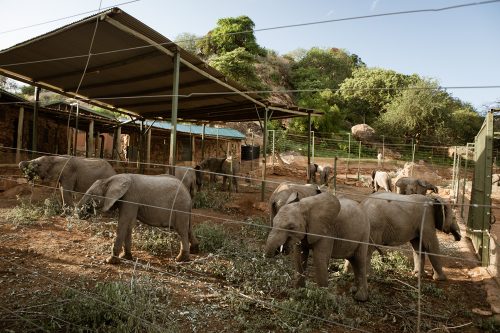
Every morning at first light, the elephants are hand-fed milk by their keepers. Once they have drank a few litres they are grouped into smaller units of three or four individuals. A keeper will then walk with them out into the wild. The keeper’s role is to lead the walks and to keep a watchful eye over the orphans.
It is incredible to watch these men walking through the vegetation with their small extended family of pachyderms. They will be with these specific individuals for years and years. There can honestly be no greater ‘silent heroes’ in my opinion than these men.
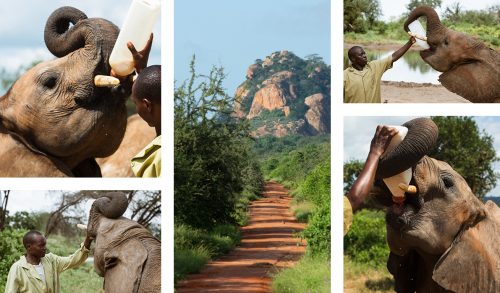
Like clockwork, 11 am hits and the elephants know that it is time for the midday feed and playtime. The smaller units all group together for an hour of social interaction and wallowing.
In the heat of the day, head keeper Benjamin is out with the elephants as they frolic in the water. He takes notes and photographs each elephant every day. What stories he could tell? What connections with the animal world he must have.
After the midday play session, they regroup into their smaller units and are led in various directions. The keepers will choose different areas in an attempt to get the elephants as used to the landscape as possible.
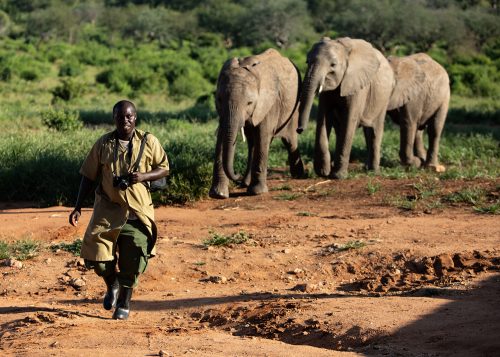
At 5pm the elephants are walked back to the main enclosure. It is the most surreal experience to see them walking in single-file behind their beloved human friend.
Once back in their enclosure, there is still time for drinking and feeding and some more socialising – and it will all be repeated tomorrow.
This process will take place every single day for about five or six years, at which point an orphan, or a group of orphans, will decide that they no longer want to return to their night enclosure. An elephant will make the decision that it is ready for the big open wilderness and it will leave. I asked Benjamin to try explain this moment to me; he struggled. I could see in his eyes that the moment an elephant decided it no longer needed a human’s help, was the greatest achievement for the team, but also the saddest moment.
I cannot imagine the bonds that they must forge together over the years, nor the mix of emotions felt when an elephant doesn't return. Incredibly, like out of a fairy-tale, these orphaned elephants often return years later, to reacquaint with their old guardians, and sometimes even to introduce their old human keepers to their wild-born calves.
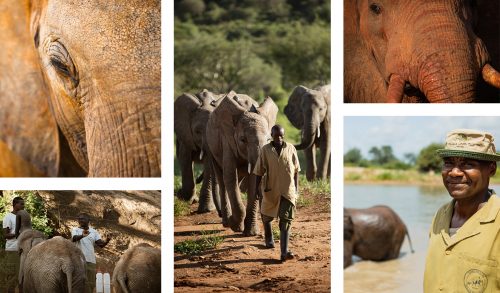
I consider myself extremely fortunate to have had the opportunity to visit this unit and to spend time with elephants and their keepers. This portion of Tsavo East is remote and beautiful. By opening up the experience to guests, Sheldrick have provided the opportunity for guests to truly get up close and personal with the elephants and to absorb as much as possible from this encounter.
So if you are up for something completely different, and fancy a few days in the company of elephants, then why not add a trip to Ithumba to your Angama Mara stay?
At Angama Mara we believe in the work being done by the Sheldrick Wildlife Trust and therefore took the decision to include them as one of the conservation beneficiaries of the Greatest Maasai Mara Photographer of the Year competition. If you happen to have visited the Maasai Mara over the past twelve months, and have taken a photograph, why not enter it online and make a contribution towards protecting these wonderful elephants.
Filed under: Giving Back
Subscribe for Weekly Stories
Comments (0):
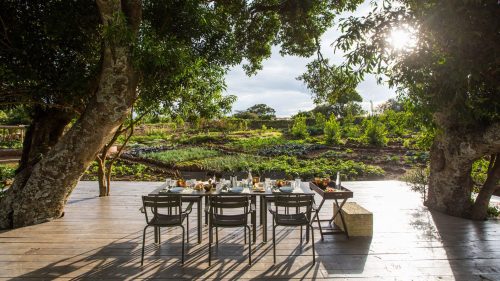
The Angama Shamba